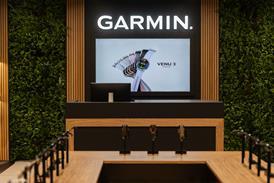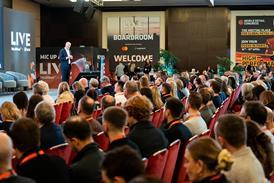The Global Sourcing Survey 2008 revealed that 21 per cent of respondents don’t know what savings to expect from global sourcing.
The most common costs measured were the ones that are easiest to track, including transportation, logistics and warehousing. Those that respondents found more difficult to quantify included compliance costs, quality costs and out of stocks.
For some respondents, global sourcing has now become so commonplace that the cost savings generated no longer necessarily provide a competitive advantage.
PricewaterhouseCoopers global retail and consumer leader Carrie Yu said: “Globalisation has laid the groundwork for profound change in the way that companies source and manufacture products, particularly in the retail and consumer sector where companies are striving for greater efficiency in a crowded and competitive market.
“Given margin pressures imposed by the softening of the US and European economies, high fuel and commodity prices and the reputation risks presented by product recalls and environmental considerations, it is more vital than ever to accurately measure the cost and effectively manage the risks of global sourcing.”
Of those surveyed, 83 per cent said China is still their number one destination for global sourcing. India followed with 58 per cent, while Mexico, Brazil, Malaysia, Canada, Chile, Italy and Bangladesh were also cited.
The survey covered nearly 60 retail and consumer goods companies across the globe.




























No comments yet